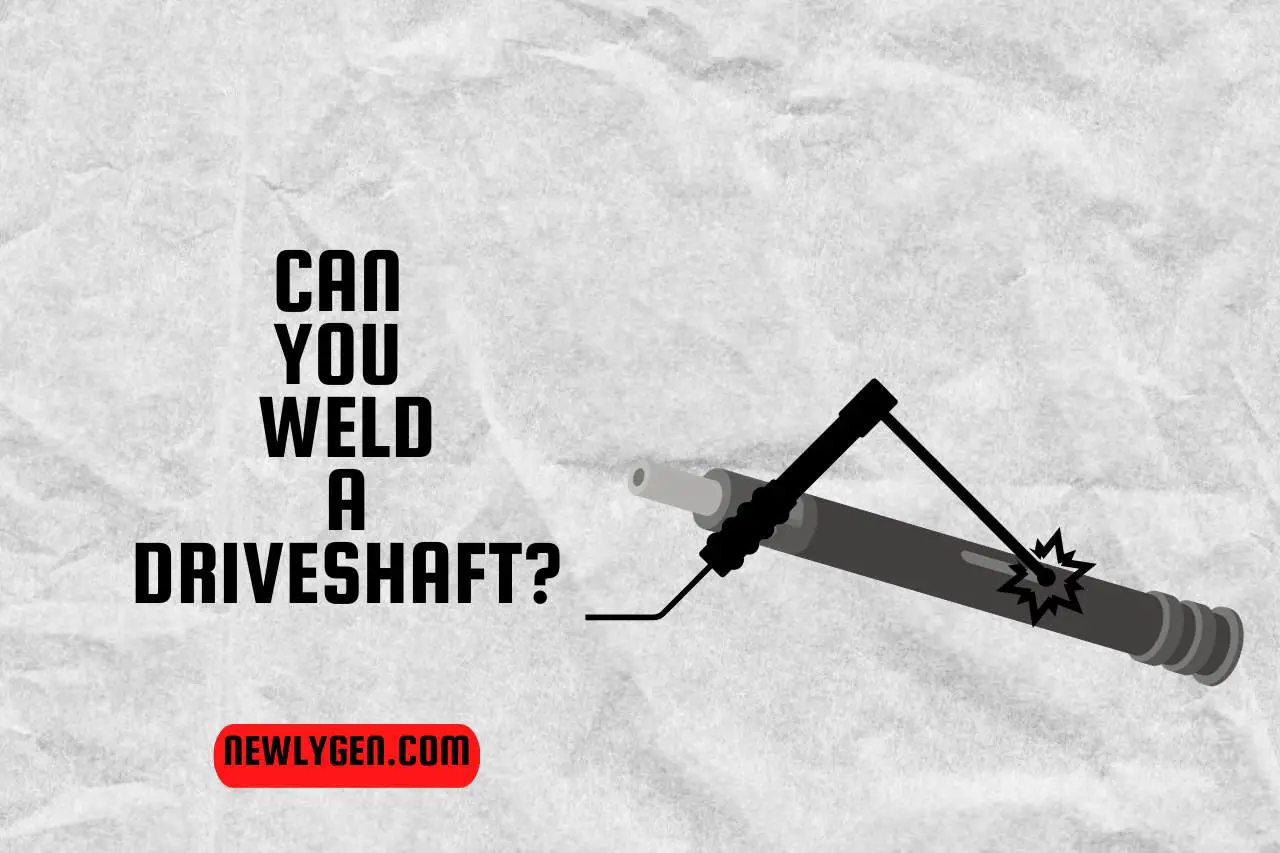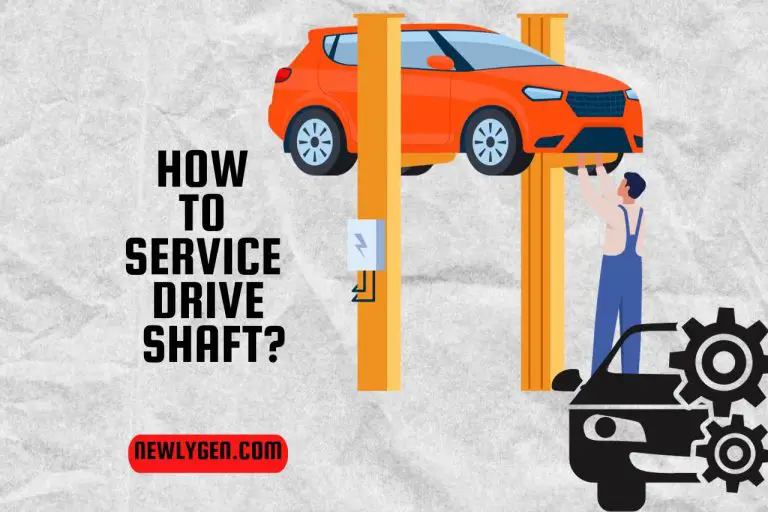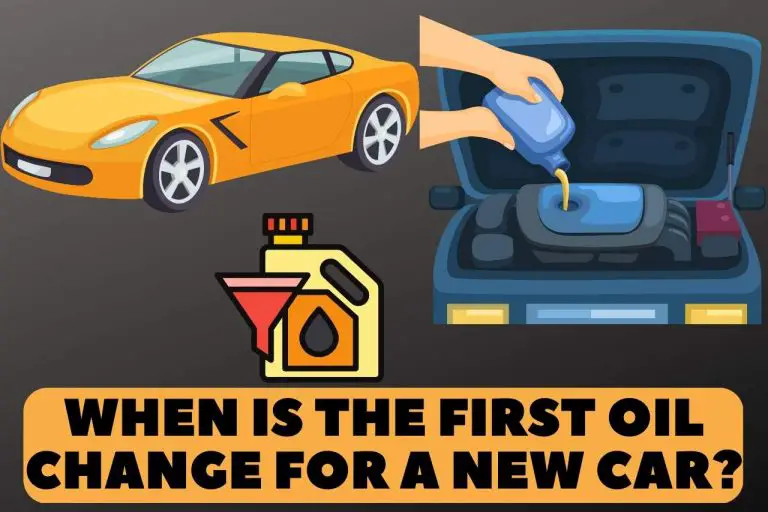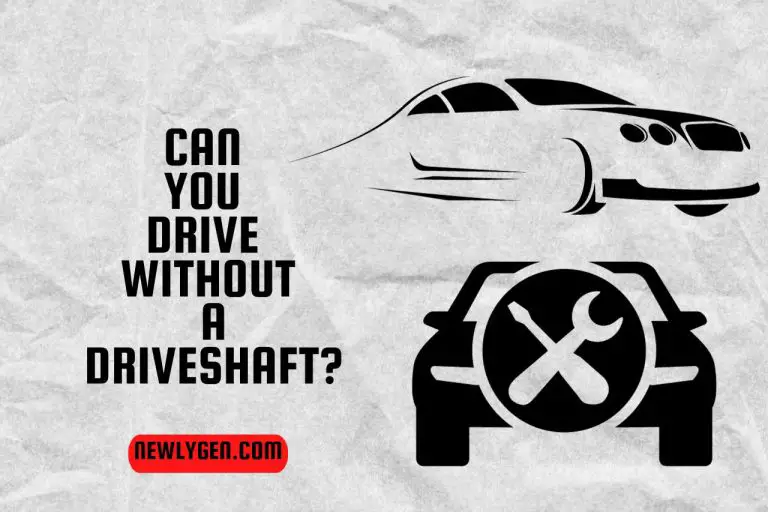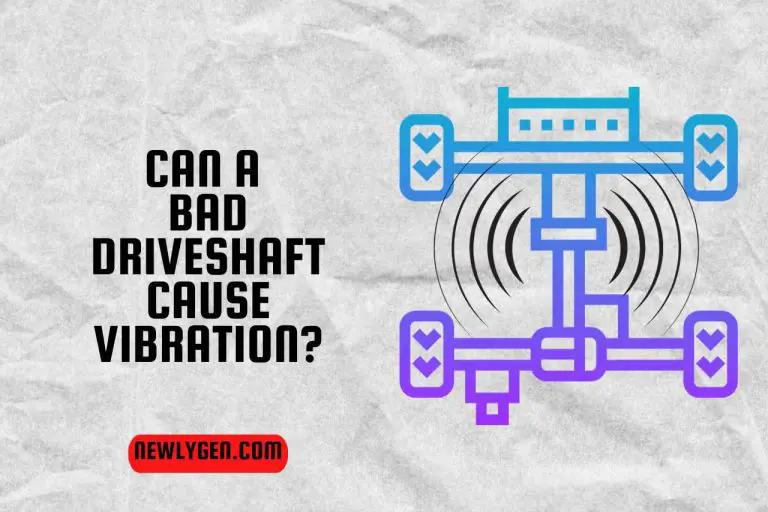Can you Weld a Driveshaft? (Techniques & Tips)
“Can you weld a driveshaft?” – This question is a critical consideration for any vehicle owner facing driveshaft repairs. In fact, it is a shortcut that escapes you from costly replacements. However, welding a driveshaft is not just about joining metal; it’s about restoring the integral connection within your vehicle’s drivetrain. Thus, the overall procedure needs to be completed with the right equipment and techniques. In this article, we will be discussing the precision and expertise required to weld a driveshaft, the importance of maintaining its balance and ensuring your ride’s integrity. Join us as we clarify all the complexities of driveshaft repair and how welding fits into the puzzle of automotive maintenance.
Can you Weld a Driveshaft?
Yes, you can weld a driveshaft; however, whether you should and the success of the operation depends on several technical factors and the expertise of the welder.
Most importantly, the driveshaft should be straight and balanced even after welding.
Welding a driveshaft is certainly within the realm of possibility, particularly as a method for repairing certain types of damage or wear.
The process typically involves precision welding techniques, often undertaken by specialists who understand the critical balance and alignment required for the driveshaft to function correctly.
When it comes to the tools, the mechanic should own SMAW welding (Stick) with proper preheat.
Certainly, the success of a weld repair on a driveshaft largely depends on the type of damage, the material of the shaft, and the ability to maintain the component’s integrity post-repair.
Actually, if the middle of the driveshaft is welded, it may weaken the component. Therefore, while welding can be a cost-effective solution, it’s not always advisable.
If the driveshaft is extensively damaged or if the repair could potentially compromise the vehicle’s safety or performance, replacement might be the recommended option. Thus, a professional assessment is key in determining the feasibility and advisability of welding a driveshaft.
Why Do you Want to Weld the Driveshaft?
You might want to weld the driveshaft as a remedy for specific types of damage or to reinforce its structure. Most vehicle owners go for this option since welding is time and money-saving. Let’s discuss some of the positive points of welding.
- Cost Efficiency: Undoubtedly, welding can be a more economical option compared to replacing the entire driveshaft.
- Quick Repair: For minor damages, welding can quickly restore the driveshaft’s functionality.
- Customization: Welding allows for modifications or customizations to the driveshaft for particular vehicle needs or enhancements. Sometimes, the driveshafts are shortened before welding.
- Availability: In situations where a replacement driveshaft is not readily available, welding the existing one can be a practical solution.
- Sustainability: Opting to weld rather than replace can be seen as a more sustainable choice, minimizing waste.
However, the decision to weld should always be weighed against the potential risks. Welding can affect the balance of the driveshaft and its structural integrity. Our advice is to always consult with a specialist to determine if welding is the appropriate action for your driveshaft concerns.
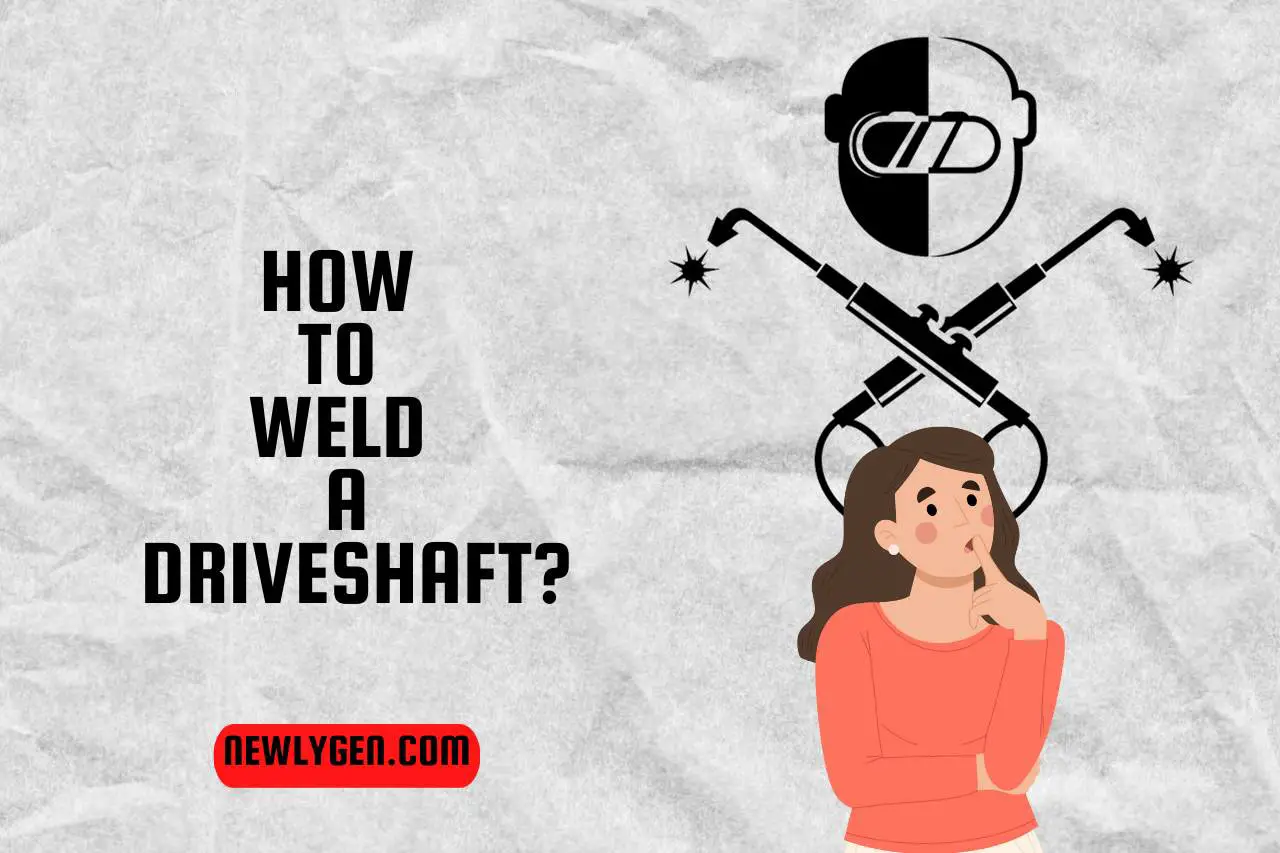


How to Weld a Driveshaft?
To weld a driveshaft effectively, specialized skills and precision equipment are necessary because the component’s balance and alignment are pivotal. Hence, you should not attempt welding without any skill and knowledge; leave the job for a skilled mechanic.
Then, let us explain the procedure of welding a driveshaft.
- Assessment: First of all, thoroughly inspect the driveshaft for damage to ascertain if welding is viable and pinpoint the exact areas requiring work.
- Preparation: Clean the area to be welded meticulously, removing rust, grease, and other contaminants to ensure a strong, clean weld.
- Alignment: Secure the driveshaft in a straight position using specialized jigs to maintain proper alignment during and after the welding process.
- Cutting: Then cut the component with the help of a die grinder or a hacksaw.
- Welding Process: Employ a high-precision welding method, such as TIG welding, to ensure the weld is strong and the heat distribution does not warp the shaft.
- Cooling Period: After that, allow the welded area to cool down gradually to prevent the formation of stress fractures or warping due to rapid temperature changes.
- Testing for Balance: Post-weld, the driveshaft must be tested for balance. Any imbalance can lead to vibrations that could damage the vehicle’s drivetrain. So, this test is a must.
- Final Inspection: Conduct a thorough inspection to check for any imperfections in the weld and ensure that the driveshaft is ready to be reinstalled.
Watch this one,
Video Credits – Hagerty
You May Also Like
Does Driveshaft Make a Noise? (Causes & Diagnostics)
Can a Bad Driveshaft Cause Vibration? Automotive Insights!
How to Diagnose Driveshaft Problems? (Signs & Solutions)
How to Fix a Squeaky Driveshaft? Stop the Squeak!
Can you Drive without a Driveshaft? (What You Need to Know)
How to Service Drive Shaft? (Tips & Techniques)
Can a Bad Driveshaft Affect Transmission? Expert Insights Revealed!

